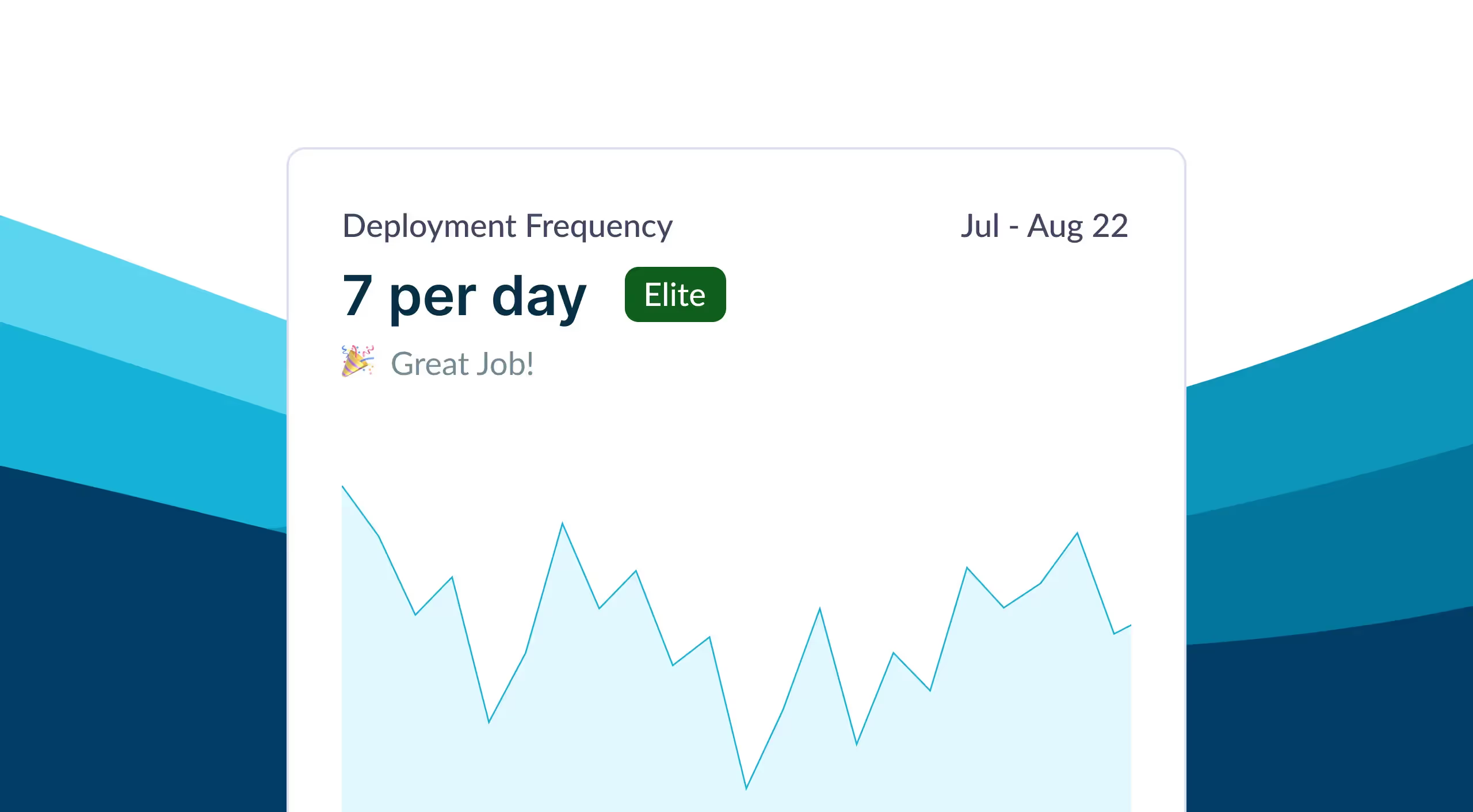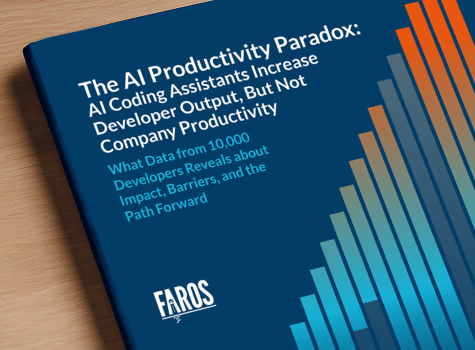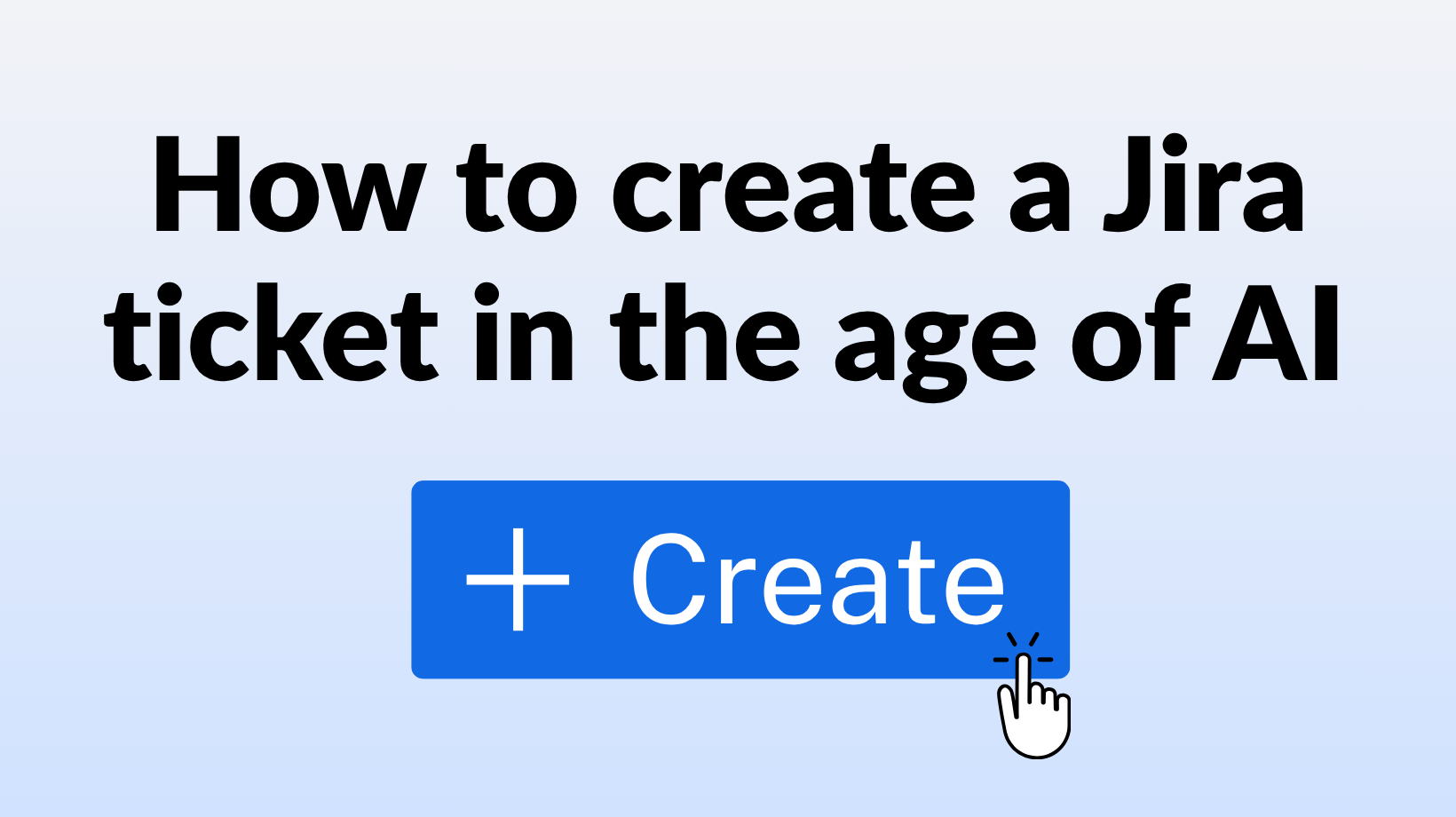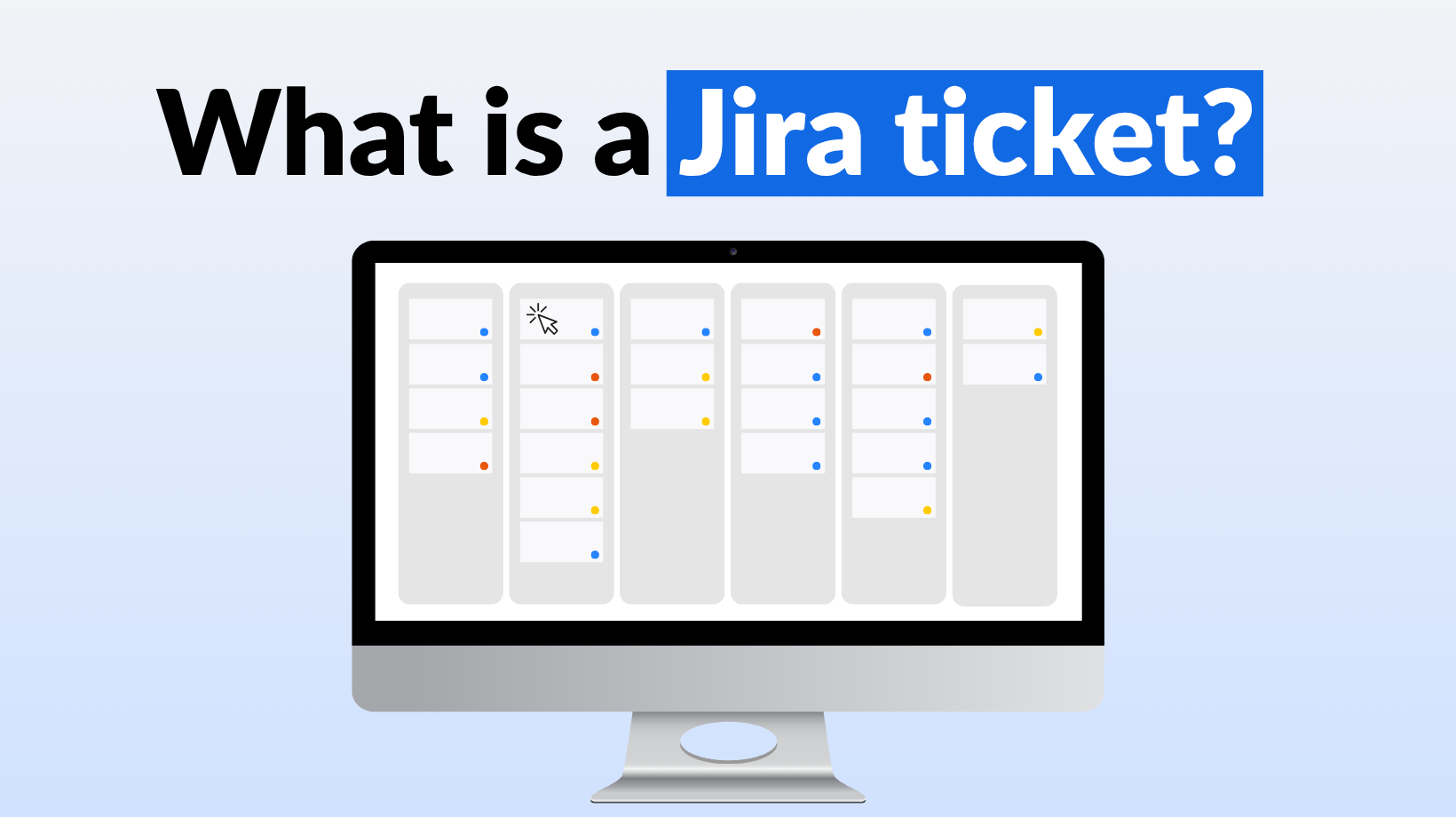In today's fast-paced business environment, the ability to deploy software quickly and frequently has become a critical factor for success. Whether you're a startup looking to quickly validate a new idea or an established organization trying to stay ahead of the competition, the ability to deploy software frequently is an essential part of your operations.
In this blog, we'll look at what deployment frequency is, why it's important, how to measure it, and how to improve the deployment frequency of your organization.
What is Deployment Frequency?
Deployment frequency is one of the four DevOps Research and Assessment (DORA) metrics, and it measures how often new code is deployed to a production environment. This metric correlates with the speed and the quality of your engineering team. It tracks how quickly teams can release new features or bug fixes.
According to the 2022 State of DevOps report, high-performing teams have the ability and capacity to make multiple deployments in a day, on demand. Large successful tech companies like Amazon and Airbnb deploy over 125k times daily, and this is because when you push out code faster, you can deliver new products, fix bugs, and achieve shorter development cycles and an increased ROI.
Why and how to measure Deployment Frequency?
Deployment frequency is a great measure of how consistent your software delivery practices are. Shri Ganeshram, CEO & Founder at Awning, validated this stance. He called deployment frequency the heartbeat of his engineering team.
The ability to make fast, small, frequent deployments is fundamental to achieving one of the primary goals of DevOps - to accelerate the app production process through continuous integration and continuous delivery (CI/CD).
Saketh BSV, an angel investor and co-founder of Perpule (Acquired by Amazon), tweeted that "one of the best indicators to identify high-performing engineering teams is deploying frequency to production. Optimizing to be able to deploy daily is extremely powerful and can be a moat for many startups."
By measuring deployment frequency, organizations can compare their deployment speed over an extended period to understand their company's velocity and growth. By identifying specific periods where code deployment is delayed, teams can determine if there are problems in the workflow that are causing delays.
How to measure deployment frequency
There is a reason why deployment frequency is one of the most tracked DORA metrics alongside Change Failure Rate.
In a Harvard Business Review Analytic Services survey, 86% of 654 respondents say that it is important for their company to develop and put new software into production quickly. To corroborate that survey, the proportion of low-performers in deployment frequency saw a significant decrease in 2022 (33%) compared to previous years.
One way to track deployment frequency is to get notified by Jenkins each time it runs a deployment job successfully, enter the data in a spreadsheet and calculate manually. However, this method is not reliable and prone to human error.
Alternatively, you can go for a more reliable, faster way with Faros AI. Faros AI does all the dirty work for you - it collects data from your pipeline tool (Jenkins, GitLab CI, etc.), keeps track of all your successful deployments, and calculates your deployment frequency in seconds.
If your team doesn't use any tool, you can start measuring deployment frequency by defining the parameter below:
- The number of deployments you made
- How many times you made these deployments
Mathematically,
Deployment Frequency = # of total deployment/unit of time (hourly, daily, weekly, monthly, or yearly)
For instance, if in a month, your team deploys twice in the first week, three times in the second week, and once in the third and final week. Your deployment frequency will be one deployment per week. Or, your deployment frequency will be 0.23 deployments per day.
What deployment frequency should a team have?
Deployment frequency isn't one-size-fits-all. The ideal deployment frequency depends on the product you're building.
Adriana Fiorante, Marketing Director of Volta Insite, solidifies the above stance. She said, "We're a bit different from your normal software company, and our deployment rate is slower, but for good reasons. The application (electric reliability) in our company is more complicated, so deployments need more thought than you might see with a typical software company."
SaaS applications can often be deployed continuously, but native apps producing large binary outputs may need a different approach.
According to the DORA state of report 2022, the common range for deployment frequency fall into the following subjective spectrums:
- High performers: deployment can happen on-demand or multiple times a day.
- Medium performers: deployment happens weekly up to once a month.
- Low performers: deployments will take place anywhere from a month to once every six months
What is a low deployment frequency, and what causes it?
A low deployment frequency is between once per month and once every six months. As a company if your deployment frequency is low, it means there are underlying issues in the company. Let's look at some of the causes of low deployment frequency:
Lack of Automation
In a Youtube video for Google Cloud, Sandeep Parikh, a DevRel Engineer, spoke about the benefits of automation to software delivery. He said, "if you're automating deployment operations, it means you're speeding up your ability to deploy software regularly. And if we can get the automation part right, it can help teams ship fewer broken services."
If the deployment process is manual and requires a lot of manual intervention, it can cause delays and result in low deployment frequency.
Poor Communication and Collaboration
If there is poor communication and collaboration between teams, it can slow down the deployment process and result in low deployment frequency.
Shortage of staff or a change in the organizational structure
When there is not enough staff to handle all the tasks involved in the deployment process, it can slow down the process and result in low deployment frequency - increased errors, and difficulty training new staff. This is because the workload on the available staff increases, which can lead to longer lead times and decreased efficiency.
Unnecessary complex routes to a live envrionment
If the deployment process is overly complex, it can result in errors and slow down the process, leading to low deployment frequency.
Very large changes to be introduced in the code
When significant changes are made to the code, it can introduce new bugs and cause compatibility issues, slowing down the deployment process and resulting in low deployment frequency.
How to improve deployment frequency
Engineering teams should strive to be high-performing. The goal is to deploy as often as possible - the faster you deploy, the more value you can deliver to your users. Here are some ways you can improve deployment frequency in your team:
Reduce the deployment size
When a change is proposed, talk to the entire team to see how they would break the change into smaller components - then make small changes one at a time. This way, the developers work more efficiently because they focus on one project at a time.
Automated Testing
Automated testing is your friend! The goal of automated testing is to quickly and efficiently verify that a software application works as expected - without the need for manual intervention. This saves time, reduces the risk of human error, and enables organizations to deploy new features and updates more frequently.
Automated testing tools make it easier for organizations to implement continuous integration and delivery practices. These tools allow organizations to deploy new software updates frequently and quickly, as changes are automatically tested and validated as soon as they are committed to the codebase.
Continuous Integration
Continuous Integration (CI) is a software development practice that involves regularly integrating code changes into a single codebase. With CI, code changes are automatically built and tested as soon as they are committed to the codebase, reducing the risk of introducing bugs into the software. This helps to increase the development team's confidence and enables organizations to deploy new updates more frequently.
Collaboration and Communication
Effective collaboration and communication between teams are crucial to increasing deployment frequency. Regular meetings, status updates, and cross-functional collaboration help to ensure that everyone is aware of what is being worked on, what has been completed, and what needs to be done next. This helps to reduce delays, increase transparency, and improve overall efficiency.
Reduce technical debt
Technical debt refers to the accumulation of technical debt that occurs when software is developed quickly without taking the time to properly maintain and refactor the code. A Scandinavian study reveals that average organizations waste, on average, 23% of their development time due to technical debt. Over time, this debt can cause code to become more difficult to maintain, causing delays and increasing the risk of bugs and other issues.
By reducing technical debt, organizations can increase the efficiency of the software development process and reduce the risk of introducing bugs and other issues into the code. This, in turn, can increase the confidence of the development team and enable them to deploy new updates and features more frequently.
Faros AI offers complete visibility over deployment frequency
Measuring deployment frequency is a crucial aspect of software development that helps organizations understand their ability to quickly and efficiently deploy new updates and features to customers through the lens of DORA.
By tracking deployment frequency, organizations can identify areas for improvement, understand the impact of changes to the software development process, and ultimately increase the efficiency and effectiveness of their software development efforts.
Faros AI offers complete visibility over deployment frequency and other DORA metrics. You can easily integrate Faros AI into your tools like GitHub, GitLab, Circle CI, Jenkins, etc. To measure your deployment frequency across multiple teams, request a demo today!







